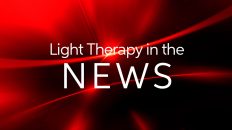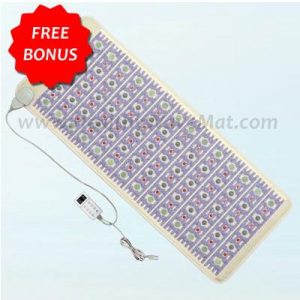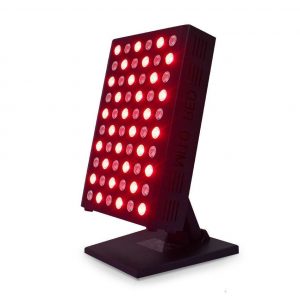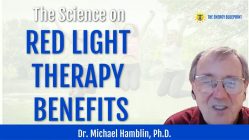Near-infrared (NIR) light therapy is purported to act as an ergogenic aid by enhancing the contractile function of skeletal muscle. Improving muscle function is a new avenue for research in the area of laser therapy; however, very few researchers have examined the ergogenic effects of NIR light therapy and the influence it may have on the recovery process during rehabilitation.
Objective: To evaluate the ergogenic effect of NIR light therapy on skeletal muscle function.
Design: Crossover study.
Setting: Controlled laboratory.
Patients or other participants: Thirty-nine healthy men (n = 21) and women (n = 18; age = 20.0 ± 0.2 years, height = 169 ± 2 cm, mass = 68.4 ± 1.8 kg, body mass index = 23.8 ± 0.4 kg/m(2)).
Intervention(s): Each participant received active and sham treatments on the biceps brachii muscle on 2 separate days. The order of treatment was randomized. A class 4 laser with a cumulative dose of 360 J was used for the active treatment. After receiving the treatment on each day, participants completed an elbow-flexion resistance-exercise protocol.
Main outcome measure(s): The dependent variables were elbow range of motion, muscle point tenderness, and strength (peak torque). Analysis of variance with repeated measures was used to assess changes in these measures between treatments at baseline and at follow-up, 48 hours postexercise. Additionally, immediate strength loss postexercise was compared between treatments using a paired t test.
Results: Preexercise to postexercise strength loss for the active laser treatment, although small, was less than with the sham treatment (P = .05).
Conclusions: Applied to skeletal muscle before resistance exercise, NIR light therapy effectively attenuated strength loss. Therefore, NIR light therapy may be a beneficial, noninvasive modality for improving muscle function during rehabilitation after musculoskeletal injury. However, future studies using higher treatment doses are warranted.
SOURCE: US National Institute of Health’s National Library of Medicine
https://pubmed.ncbi.nlm.nih.gov/25397864/















